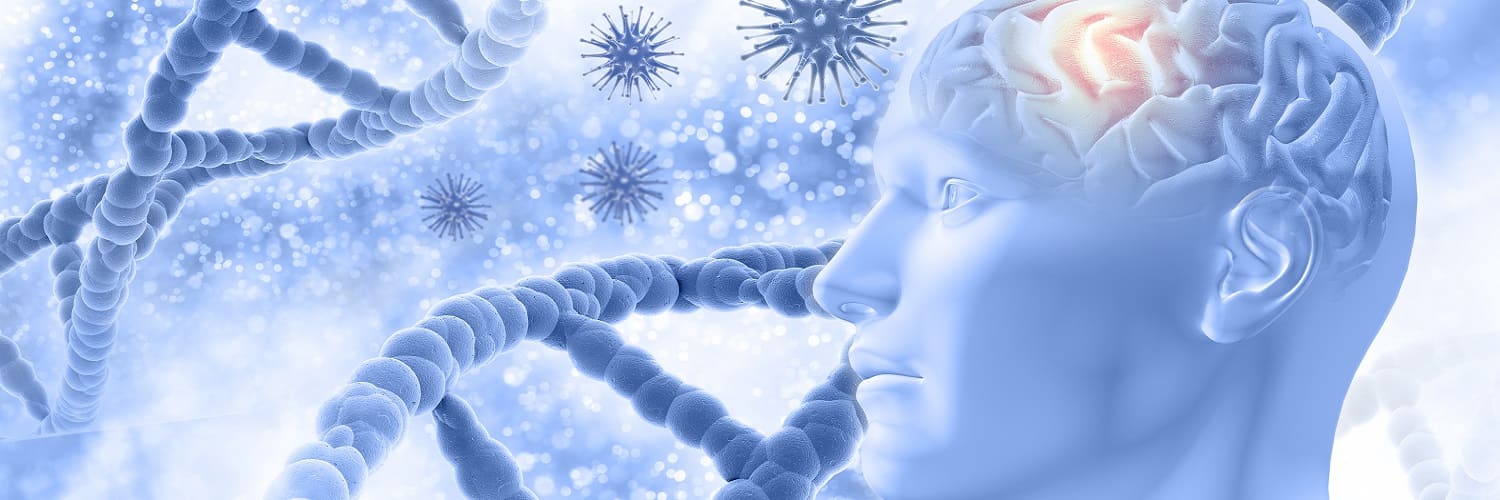TMS has been researched around the world since about the 1980s. Lots of literature has been published so far in peer-reviewed journals on TMS with positive outcomes and negligible adverse effects.
A study was conducted wherein 27 PD patients took part in 12 Deep TMS sessions along with medication, with stimulations in both the motor and prefrontal cortical regions. Improvement in gait, motor rigidity, tremors and slowness of movement was observed.
Another European randomized controlled study was conducted including 60 patients. Results showed significant improvement of UPDRS III in patients who were given real TMS compared to the control group. Improvement was significant in motor scales.
Another study was conducted wherein real-world data collected from a hospital in Germany was retrospectively analyzed. Results showed that Parkinson’s symptoms that were non-responsive to medication reduced significantly post the deep TMS sessions. Additionally, an improvement in depression and mood levels was observed as well. Greater improvement was noticed in the older population.
A randomized control trial was conducted in Hong Kong with fifty participants to know the effects of TMS on Gait. It was interpreted that TMS can augment the benefits of treadmill training and lead to long-term motor improvement up to 3 months post intervention.
Method
- TMS is a non-invasive way of Neuromodulation.
- It involves low energy magnetic stimulation of the particular site of the brain through the skull
- This is delivered through a specially designed coil, incorporated in a helmet.
- When the patient comes in, the nurse will take a detailed history and update the doctor. The doctor will thereafter discuss the most suitable protocol with the patient, which will include the duration of each sitting, the frequency of sittings/week and the total no. of sittings.
- Once all is confirmed, this will be fed to the computer.
- Following this, necessary evaluation is done to determine the MT (Motor threshold) by imparting stimulation through the helmet.
- Based on the predesigned protocols, TMS will be administered to the patient.
- For PD, the patient will require about 12 sessions over the period of 4 weeks. Each session will be approximately 30-40 minutes long.
- The procedure does not require any sedation or anesthesia. Patient is not required to keep fasting before the procedure.


